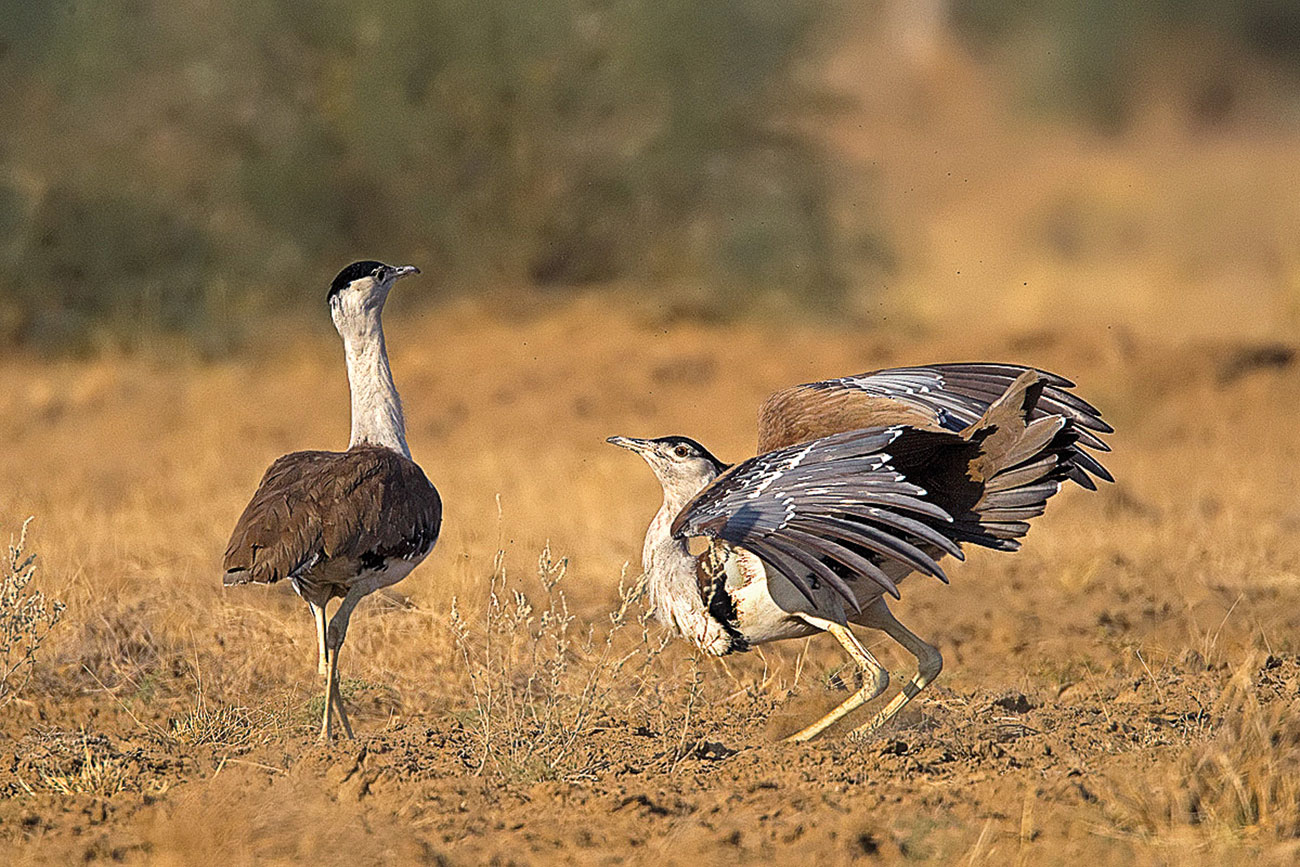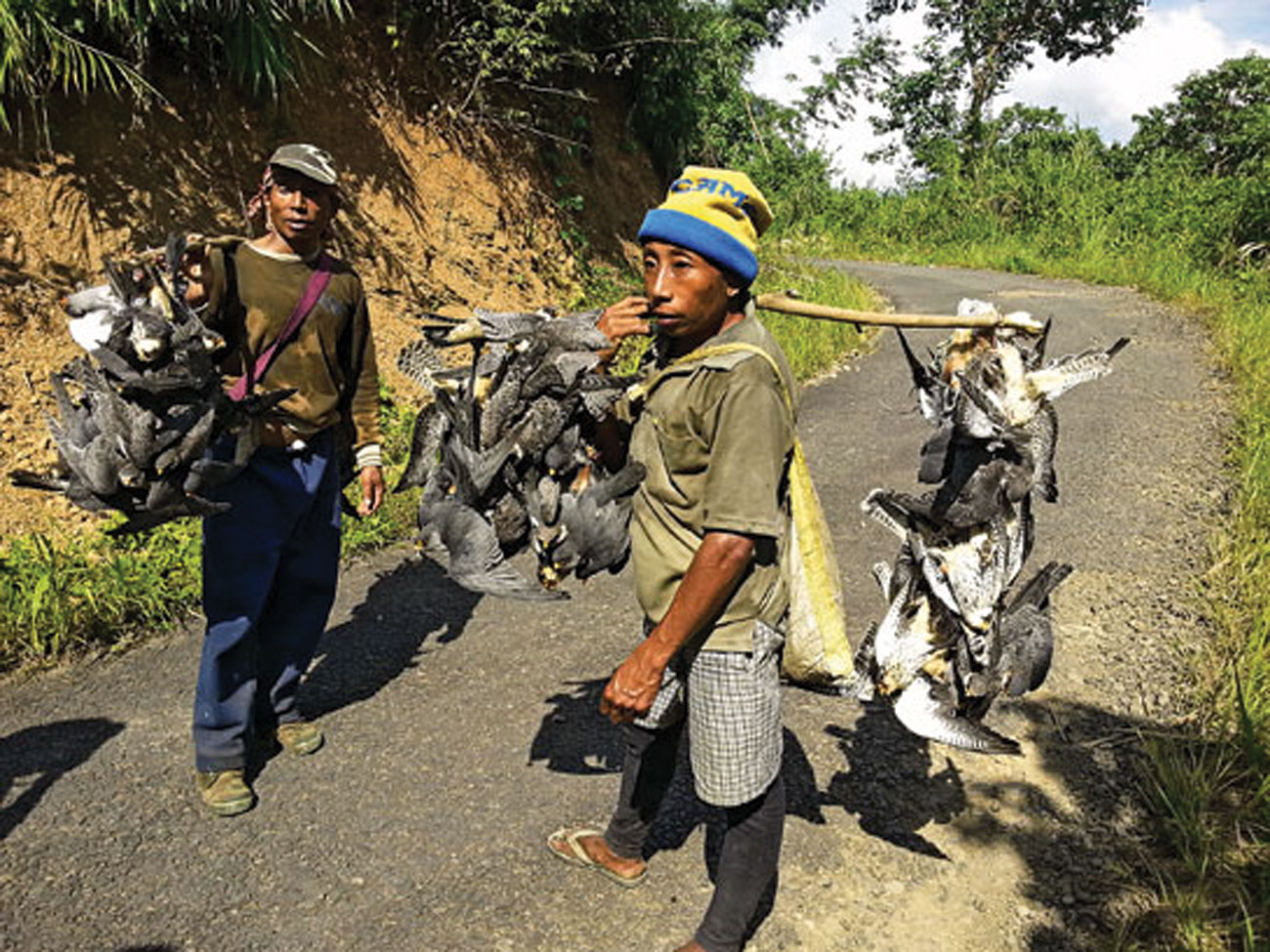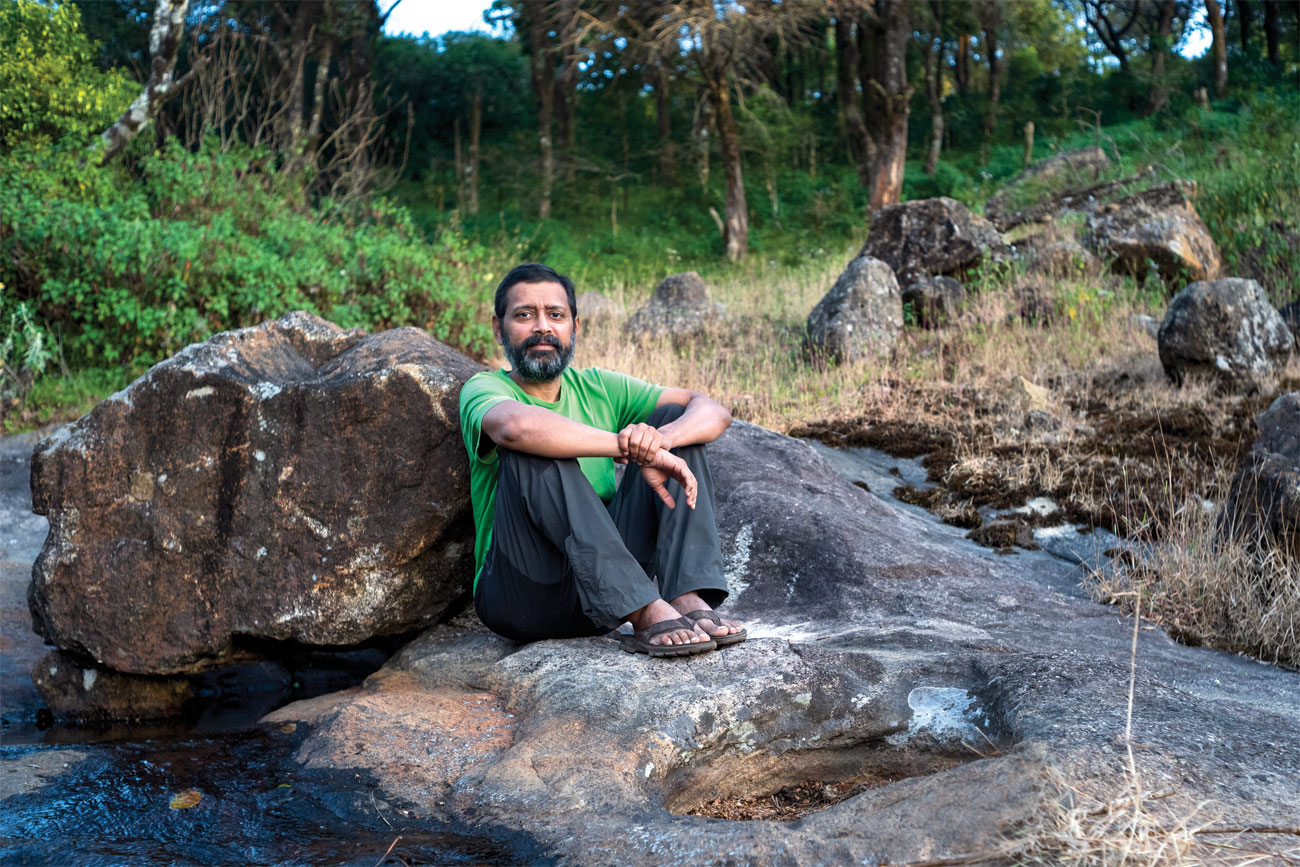Ramki Sreenivasan Tribute April 3, 1972 - December 19, 2022
First published in Sanctuary Asia,
Vol. 43
No. 2,
February 2023
By Bikram Grewal
I was well into my middle years, having seen almost all the birds found in the Indian region, been to all the hotspots and written over 30 books, when I met Ramki. Despite the fact that almost two decades separated us, not to mention the physical miles that lay between us, we struck up a friendship that was to last two decades, right until his tragic death at such an early age.
When we met, Ramki was a successful entrepreneur and I, an aspiring writer. By then, he had also started to earn a reputation as a fearless photographer and traveller. I sought him out, unsure of what to make of this eccentric man – a vegetarian who was very selective about his single malts. In December 2008, Ramki kindly invited me to join him on a trip to the Eaglenest Sanctuary in Arunachal Pradesh to try and spot the newly-discovered Bugun Liocichla Liocichla bugunorum, so off we went to the Northeastern state where, besides seeing several new birds, we also saw the rare golden cat. It was here that I first met Shashank Dalvi, a boy so young that it would be some years before his chin would make contact with one of Mr. Gillete’s inventions. The next five days taught me that no matter how successful one thought one was, there was so much more to see and learn, and that one would forever be a novice.

Ramki Sreenivasan had a reputation of being a fearless wildlife photographer, the first in India to photo-document over 1,000 species. He was also at the forefront of conservation issues such as Amur Falcon hunting in Nagaland. Photo: Ramki Sreenivasan.
A few weeks later I got a call from Ramki asking if his family (his wife Swarna, his parents and his brother), who were coming to Delhi for a wedding, could all stay with us. What was to be a three-day visit turned into a three-week stay, as his father suffered a heart attack brought on by an over-indulgence of the local favourite, the chola bhatura. It was during these fretful days that I noticed an uncanny relationship grow between my spaniel Sylvester, called Silly for short, and the Sreenivasan couple, so much so that immediately on their return he called me rather shyly to ask if he could adopt the dog. And so, Silly became the third and most thoroughly spoilt member of this Bengaluru family. Albeit, the move from Delhi to Bengaluru involved a Jet Airways flight captain, a dog psychoanalyst, and not to mention, the Muddy Paws club. It would be fair to say that Silly and his human became fast friends, and his death preceded Ramki’s demise by just a few months. The family was soon augmented by the addition of their son Shiva, a fine boy who will hopefully continue the work started by Ramki.
Ramki and I travelled across the country over the years, making several trips to Arunachal, Assam, Madhya Pradesh, Dandeli, Kabini and the Sundarban. We attended several bird fairs in Goa, Uttar Pradesh, Uttarakhand and Karnataka. Along the way, I wrote several new works illustrated with many excellent photographs by him. A trip I took with him to the Kingdom of Bhutan resulted in many lengthy articles on the birds there, including Black-necked Cranes.
A few years later, an invitation to Nagaland from my friend Bano Haralu effectively changed our life and the direction it was taking. I decided to ask Ramki, Sumit Sen and Shashank to join us as it was completely uncharted territory and we were unaware of both its geography and bird life. On the first trip in January 2010, Ramki single-handedly managed to photograph over a hundred birds, never captured on camera before in India. This included the Naga Wren Babbler, Chestnut-vented Nuthatch, Brown-capped Laughingthrush, the Spot-breasted Parrotbill and a horde of others, many of which I had only dreamt about.

Ramki Sreenivasan had a reputation of being a fearless wildlife photographer, the first in India to photo-document over 1,000 species. He was also at the forefront of conservation issues such as Amur Falcon hunting in Nagaland. Photo: Ramki Sreenivasan.
That trip to Nagaland was also the start of a tremendous conservation effort. We had heard stories of the massacre of tens of thousands of Amur Falcons. These diminutive birds of prey were being killed over a 10-day period during their migration via India, and sold for their flesh. We immediately set off to see this ghastly spectacle at the Doyang Reservoir, but the season was wrong. When we finally made it there a few months later in 2012, the extent of the indiscriminate hunting truly shocked us. Around 1,40,000 Amur Falcons were being hunted each year for their meat.
True to his style, Ramki took up the matter head-on. After a long and difficult fight, he and his colleagues managed to stop the killings and persuaded the hunters to become guides. The conservation success earned him worldwide fame, and gave the Amur Falcon a new lease of life.

After taking an early retirement in 2008, Ramki made extensive trips to wildlife destinations across India. By 2011, he became devoted to serious conservation issues and along with Shekar Dattari set up an online portal – Conservation India (CI). Photo Courtesy: Shashank Dalvi.
One of his other great achievements was the setting up of the famous Conservation India, a platform of the best writers and photographers in the field of nature conservation. Conservation India also spearheaded an awareness campaign to protest the setting up of a radar installation by the Indian Coast Guard on Narcondam Island in the Andaman and Nicobar Island, which would have threatened endemic species such as the Narcondam Hornbill. He also started Wildlife for Cancer, through which he used the proceeds from his photographs to help young children suffering from cancer.
Needless to say, Ramki died too young, leaving behind unfinished work. I can only hope that others will pick up his baton and finish the battle he so fervently started.
Ornithologist, publisher and conservationist, Bikram Grewal has authored several acclaimed books on birdlife in India and is particularly fascinated by forest birds.




